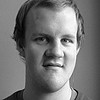| 
MD: I’ve read that you were fired from the Guggenheim. What did you do after that? DC: Yes, I was fired from the Guggenheim. I had worked closely with Buren on his piece for the Guggenheim International, and I did know the true story. The Guggenheim officials lied about what had happened, and I think my presence was too uncomfortable for them, so I was fired. Then, for several years, I taught at the School of Visual Art (SVA). This was 1971-76, and then I went to graduate school in the fall of 1976. That period between ’71 and ’76, when I was working entirely freelance and teaching courses at SVA, coincided with the explosion of gay culture, including, importantly gay sexual culture. This was the immediate post-Stonewall period. I was very much involved in the New York art world, but I was equally involved in the gay scene. I was initially living in Chelsea, then in Greenwich Village, so I lived right in the heart of the bourgeoning gay world at that moment. But the two worlds – the art world and the gay world – were quite separate at the time. That is really the subject of my book, the fact that these two worlds came together in my life – and in many people’s lives – but are not considered together in either art history or gay history. This is odd, because the “alternative modernists” in the U.S. at the time – that is, alternative to the Clement Greenberg, Partisan Review, crowd – they included a huge number of important gay men. For instance Lincoln Kirstein, who was the director of the New York City Ballet and responsible for bringing George Balanchine to America. The circle around Kirstein included George Platt Lynes, Pavel Tchelitchev, Paul Cadmus. In addition there were the people involved with View magazine – Parker Tyler, Charles Henri Ford. There were a great many figures who are rarely thought of in relation to the story of modernism in New York and America but were in fact absolutely central to it. |  | 

| 
|  |  | 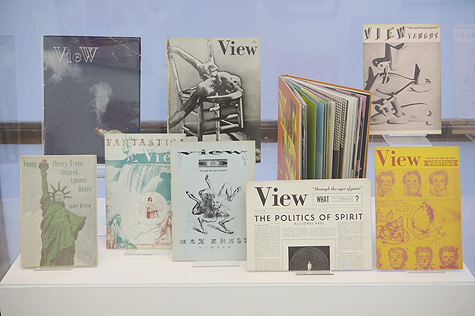
|  | | 
|  |  | 
|  |  | 
|  |  | There are so many aspects of the story of modernism in America, where you can now look back – some scholars do – and show that gay people were central to its development. A good example is Nadine Hubbs’s book on the contribution of gay composers to modern American music, with such figures as Samuel Barber, Aaron Copeland, Virgil Thompson, Leonard Bernstein, Ned Rorem – it’s quite an impressive list.[6] And you can see that in the reclaiming of Andy Warhol, Robert Rauschenberg, Jasper Johns, John Cage, Merce Cunningham. But in the immediate post-Stonewall period, when there was a huge explosion of gay culture, bathhouse culture, disco culture, there was an uneasy relationship between the gay world and the art world – at least in my experience of it. This is not to say that the two worlds didn’t come together in certain ways or that there weren’t clearly important gay figures in the art world. But their sexuality wasn’t openly acknowledged. The gay liberation movement and the founding of gay institutions – and I want to insist that this includes bars, discos, bathhouses, and sex clubs – were certainly not part of the institutionalized art world. We were making our own culture, in a way. Of course the cultures intersected, as I said. There were many gay people in the art world – artists, critics, museum professionals, poets, editors – who went to the bars and bathhouses. But these two worlds are not talked about together culturally. That’s part of what my current project is aimed at – thinking about these two worlds in relation to each other. To hold in place what was the case for me. I wasn’t in the closet, and I didn’t exactly live a double life, but in a certain way I did. In some ways I had my “art-world” friends and I had my “gay-world” friends. And of course my gay-world friends knew that I had a role to play in the art world, and my art-world friends knew that I went to the discos, but they were different worlds. |  | 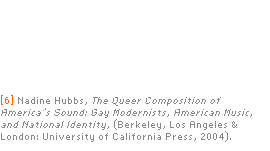
| 
|  |  | 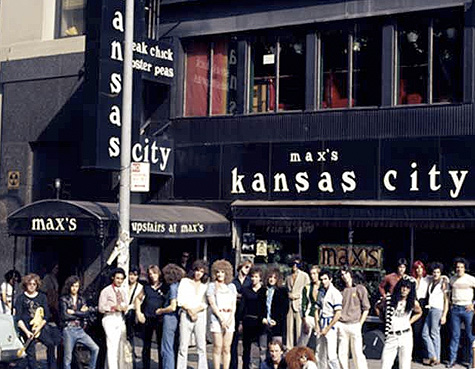
|  | | 
|  |  | 
|  |  | 
|  |  | 
MD: In the article “Back to the Turmoil” you describe how the bar Max’s Kansas City was physically divided like that: the back room was the place for the queer Warhol crowd, while the front room was the place for the conceptual and minimal artists, like Lawrence Weiner and Carl Andre. DC: Yes, and it really was. If you read about it now, Max’s has the reputation of being a place where these cultures were totally blended. And in some cases this was true. But there were two rooms – at the front, where the bar was, and the back – physically very distinct, and with a very different milieu. At dinner time, there would be spillovers when you would go in the back room to get a dining table, but late at night, when people just hung out, the Theatre of the Ridiculous and the Warhol Factory crowds hung out in the back room, and the art crowd hung out in the front room. It was really clear. You wouldn’t find Holly Woodlawn and Jackie Curtis and Candy Darling in the front by the bar, except when they were walking through on the way to the back. They always went to the back room, and so did I. And at the same time, you probably wouldn’t find Lawrence Weiner, Robert Smithson, Carl Andre, or Dorothea Rockburne in the back room. It was a sort of spatial metaphor. You had to cross the “straight” space to get to the “queer” space. |  | | 
|  |  | 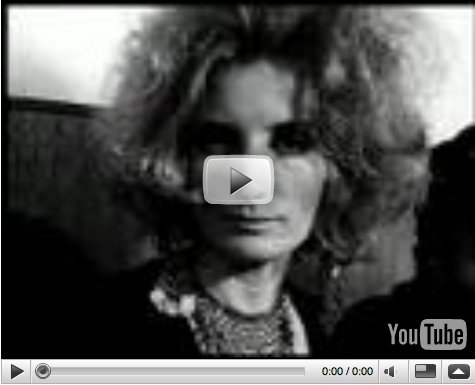

|  | | 
|  |  | 
|  |  | MD: The split between these two different worlds also seems to manifest itself in the writings on art at the time. I suppose it was not until the AIDS crisis – more specifically in 1987 with your special AIDS issue of October – that you explicitly merged the worlds of sexuality and art in your writings. And this was at the same time as the art critic Craig Owens also published his important text “Outlaws: Gay Men in Feminism” (1987). How so? DC: Well, there was not an enormous amount of gay scholarship at that time. There was the early work in gay and lesbian studies, much of it done by independent scholars, like Jonathan Ned Katz. A lot of this work was in social sciences, history, or anthropology, such as Ester Newton’s early work on transvestites, Mother Camp (1979). But in contemporary art, which was what I was involved with, there was much less of that. The first piece I wrote that has an explicit gay argument was for a special issue of October I edited on Rainer Werner Fassbinder. That was 1982, the year that Fassbinder died; I wrote an essay on Fassbinder and Barthes.[7] Certainly as a journal editor I cannot say that October published much queer work, but we published Leo Bersani. For instance the article “Merde Alors” (1980) that Bersani wrote with Ulysse Dutoit on Pier Paulo Pasolini’s Salò (1975). We didn’t use the word queer then, and you would not have called Leo’s work Gay Studies, but it was obviously written by someone interested in sexuality and representation. Now I think of Bersani as a major figure in the world of Queer Studies. Sexuality was not – apart from psychoanalysis – at the core of the cultural work that October did. |  | 
| 
|  |  | 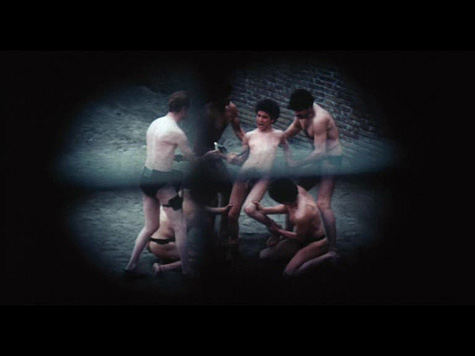
|  | | 
|  |  | 
|  |  | 
|  |  | But I was certainly interested in what was published. I read what was coming out – starting in ’70-’71 with the first so-called “gay liberation books” by, for example, Dennis Altman, Mario Mieli, and Guy Hocquenghem. Guy was a friend. He stayed at my apartment for a short period of time around 1973. He had come to New York for an extended stay, and we became very good friends. I was interested in that discourse of gay liberation, but I didn’t know how to think about it in relation to what I was doing. My work shifted dramatically when I edited the AIDS issue of October and got involved in ACT UP. That was the beginning of what we now call queer theory. For instance, I met Eve Kosofsky Sedgwick when she was completing Epistemology of the Closet (1990), and I had read her earlier book Between Men (1985), but also D.A. Miller’s The Novel and the Police (1988). |  | | 
|  |  |
|
